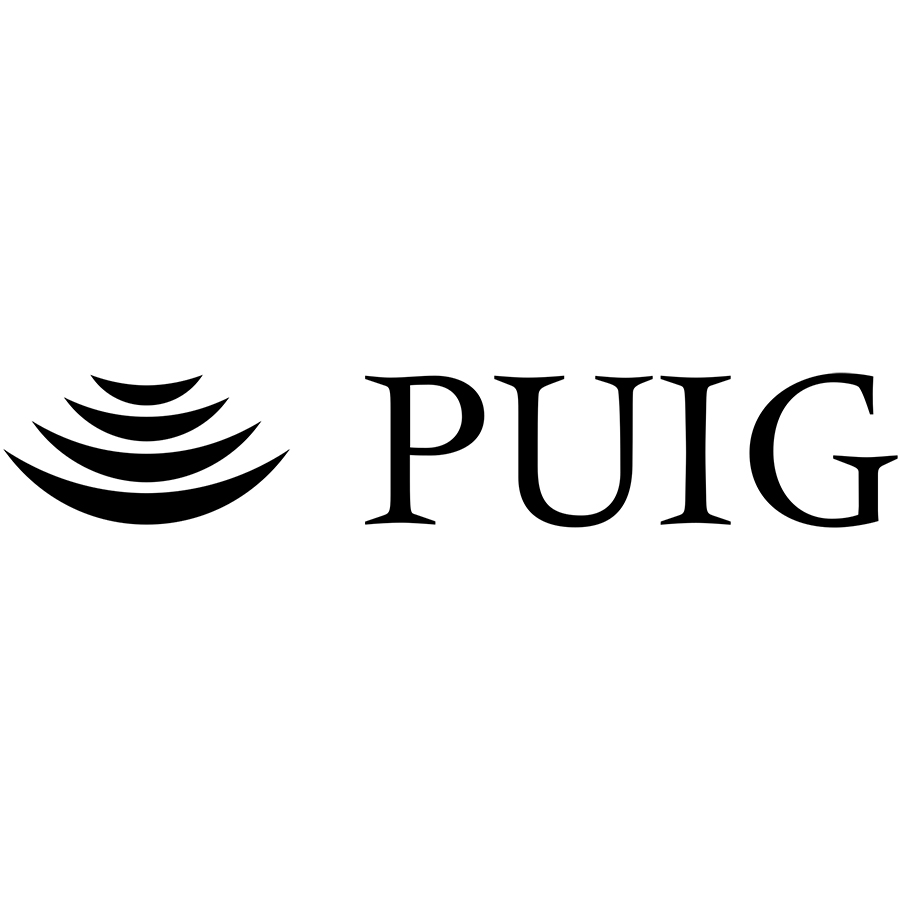- Puig Company:
Company: Puig
Web: puig.com
Puig is a Spanish family-owned fashion and fragrance conglomerate founded in 1914 by Antoni Puig i Castelló in Barcelona, Catalonia. Renowned for its entrepreneurial ethos, creative vision, and relentless pursuit of innovation, Puig has established itself as a disruptor in the global beauty and fashion landscapes. The company operates within three prestige beauty segments—fragrances, makeup, and dermo-cosmetics—with a core mission to empower individuals to enhance self-esteem and embrace personal expression.

The company initially focused on cosmetics and fragrances, introducing Milady in 1922—Spain’s first locally produced lipstick. The 1940s marked the launch of Agua Lavanda Puig, a signature product that remains iconic, alongside the relocation of headquarters to Travessera de Gràcia in Barcelona’s Gràcia district (a location retained until 2014).
International expansion began in 1959 with a new factory in Barcelona’s Besòs industrial park and the opening of its first overseas branch in the U.S. In 1968, Puig established a Paris office and acquired Spanish designer brand Paco Rabanne, leading to the 1969 launch of Calandre fragrance. Further milestones included a perfumery factory in Chartres, France (1976), and the acquisition of Paco Rabanne’s Fashion House (1987).
The 1980s were pivotal for global growth, with a partnership in New York City to create and market Carolina Herrera’s fragrances. The Venezuelan designer’s fashion business joined Puig in 1995, followed by a 1997 collaboration with Antonio Banderas for his fragrance line. The 1998 acquisition of Nina Ricci expanded the luxury brand portfolio.
In the 2000s, Puig acquired Spanish firms like Perfumes Gal and Myrurgia, integrating brands such as Adolfo Domínguez, Massimo Dutti, and Heno de Pravia. Collaborations with Japanese label Comme des Gar?ons and Italian house Prada further diversified its reach.
Marc Puig, third-generation family member, became CEO in 2007. Notable partnerships followed: a 2008 fragrance deal with Shakira and a rebranding from Puig Beauty & Fashion Group to simply Puig in 2009. The 2010s saw the incorporation of Valentino (2010), majority stake in Jean Paul Gaultier’s Fashion House (2011), and the 2014 inauguration of Torre Puig—its centenary headquarters in Hospitalet de Llobregat, designed by Rafael Moneo and GCA Arquitectos.
Recent expansions include acquisitions of Penhaligon’s and L’Artisan Parfumeur (2015), majority stakes in niche brands like Dries Van Noten and Eric Buterbaugh Los Angeles (2018), and a partnership with Christian Louboutin for beauty development.
Today, Puig operates in over 150 countries with 29 offices, managing a portfolio including Carolina Herrera, Paco Rabanne, Jean Paul Gaultier, Dries Van Noten, Nina Ricci, and Byredo.
Note on Fragrantica’s Approach:
At Fragrantica, we prioritize accuracy in fragrance information. When perfumer credits are undisclosed, we list renowned fragrance houses (e.g., IFF, Robertet, Firmenich, Mane, Givaudan) instead. These industry leaders are celebrated for their expertise, and acknowledging their involvement provides valuable context when individual perfumer names remain unknown. While we strive to identify creators, listing these houses serves as an informative alternative in such cases.
